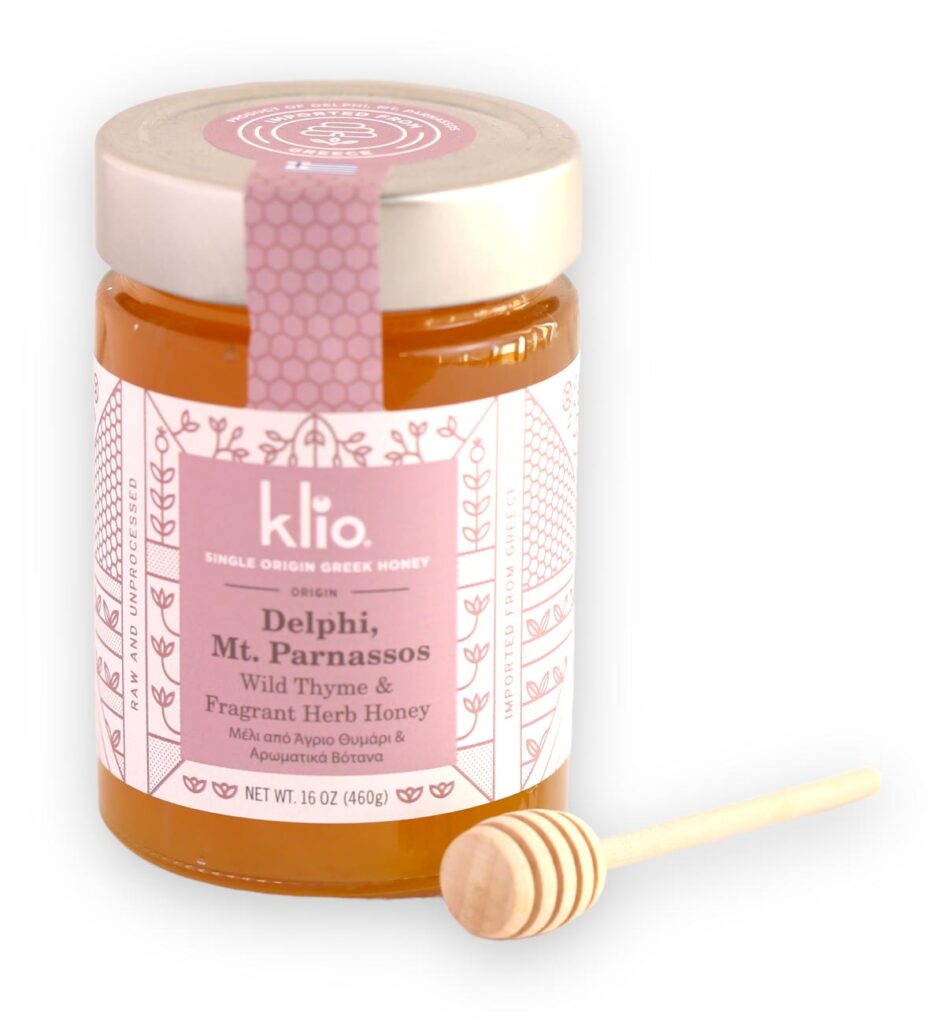Rosemary & Thyme: Creating A Fragrant Herb Garden

Table of Contents
Choosing the Right Location for Your Fragrant Herb Garden
The success of your fragrant herb garden hinges on selecting the perfect location. Rosemary and thyme, sun-worshipping plants, need ample sunlight to flourish and develop their full flavor profiles.
Sunlight Requirements
Both rosemary and thyme crave at least 6-8 hours of direct sunlight daily. A south-facing location, ideally, provides the most sun exposure.
- Insufficient sunlight: Without enough sun, your herbs will become leggy, with weak stems and sparse foliage. The flavor will also be significantly diminished.
- Morning sun vs. all-day sun: While all-day sun is ideal, morning sun is particularly beneficial as it allows the plants to gently warm up and avoid the harshest midday heat.
- Partial shade solutions: If full sun isn't achievable, consider a location with partial shade, but supplement with artificial grow lights to ensure they receive at least 6 hours of light.
Soil Conditions
Well-drained, slightly alkaline soil is crucial for healthy rosemary and thyme growth. Waterlogged soil can lead to root rot, quickly killing your plants.
- Testing soil pH: Use a soil testing kit to determine your soil's pH. The ideal range is slightly alkaline, between 6.0 and 7.5.
- Improving drainage: Amend heavy clay soil with compost, perlite, or other organic matter to enhance drainage and aeration. Adding a layer of gravel at the bottom of planting holes can also improve drainage.
- Soil aeration: Good soil aeration is essential for root health. Regular tilling or loosening the soil helps improve oxygen flow to the roots.
Planting Your Rosemary & Thyme
Now that you've chosen the perfect spot, let's plant your rosemary and thyme. You have two main options: starting from seed or purchasing seedlings.
Starting from Seed vs. Seedlings
For beginners, purchasing seedlings is generally recommended for easier success.
- Seed starting: Starting from seed requires patience and specific conditions (warm soil, consistent moisture). Germination can be unpredictable, and seedlings may be vulnerable to damping-off disease.
- Seedling purchase: Buying established seedlings from a reputable nursery ensures healthy plants that are ready to thrive. Choose seedlings with vibrant green foliage and no signs of pests or disease.
- Spacing: Allow adequate spacing between plants—around 12-18 inches for rosemary and 6-12 inches for thyme—to prevent overcrowding and ensure good air circulation.
Planting Techniques
Follow these steps for successful planting:
- Prepare the planting hole: Dig a hole twice as wide and as deep as the root ball.
- Add soil amendments: Mix in compost or other organic matter to improve soil drainage and fertility.
- Plant the herb: Gently remove the seedling from its container, ensuring not to damage the roots. Place it in the hole, covering the root ball with soil.
- Water thoroughly: Water deeply after planting to settle the soil around the roots.
Caring for Your Fragrant Herb Garden
Once planted, consistent care ensures a thriving fragrant herb garden.
Watering
Regular watering, especially during dry spells, is essential. Avoid overwatering, which can lead to root rot.
- Signs of underwatering: Wilting leaves, dry soil.
- Signs of overwatering: Yellowing leaves, soggy soil.
- Watering frequency: Water deeply but less frequently, allowing the soil to dry slightly between waterings. Adjust frequency based on climate and soil type; use drip irrigation or hand watering carefully.
Fertilizing
Rosemary and thyme are light feeders. Over-fertilizing can negatively impact their flavor.
- Suitable fertilizers: Use a balanced, organic fertilizer specifically formulated for herbs, or a compost tea.
- Frequency: Fertilize sparingly, once or twice during the growing season.
- Avoid high-nitrogen fertilizers: High-nitrogen fertilizers promote leafy growth at the expense of flavor.
Pest and Disease Control
Rosemary and thyme are generally pest-resistant, but some issues may arise.
- Common pests: Aphids and spider mites are common pests.
- Natural pest control: Use insecticidal soap or neem oil to control pests organically.
- Disease prevention: Ensure good soil drainage and air circulation to prevent diseases.
Harvesting and Using Your Rosemary & Thyme
Harvesting your herbs correctly ensures continued growth and abundant yields.
Harvesting Techniques
Harvest rosemary and thyme regularly to encourage bushy growth and prevent them from becoming woody.
- Harvest time: Harvest in the morning after the dew has dried.
- Pruning: Prune regularly to maintain shape and promote new growth. Pinch back tips to encourage bushier plants.
- Drying and storage: Dry herbs by hanging them upside down in a cool, dry, dark place. Once dry, store in airtight containers.
Culinary Uses
Rosemary and thyme add depth and complexity to countless dishes.
- Rosemary: Excellent with meats (roast lamb, chicken), soups, and stews.
- Thyme: Pairs wonderfully with stews, sauces, vegetables (roasted root vegetables), and eggs.
- Other uses: Both herbs are used in aromatherapy and have purported health benefits.
Conclusion
Creating a fragrant herb garden filled with rosemary and thyme is a rewarding experience. By following these steps—choosing the right location, planting correctly, providing consistent care, and harvesting wisely—you can enjoy the delightful aroma and culinary benefits of these versatile herbs year after year. Start your fragrant herb garden journey now and experience the joy of fresh, homegrown herbs! Create your own fragrant herb garden today!

Featured Posts
-
 The Good Life Finding Purpose Meaning And Happiness
May 31, 2025
The Good Life Finding Purpose Meaning And Happiness
May 31, 2025 -
 New Padel Courts Proposed For Bannatyne Health Club Essex
May 31, 2025
New Padel Courts Proposed For Bannatyne Health Club Essex
May 31, 2025 -
 Cycle News Magazine Issue 12 2025 Essential Reading For Cyclists
May 31, 2025
Cycle News Magazine Issue 12 2025 Essential Reading For Cyclists
May 31, 2025 -
 Evaluation De Deux Sites D Ingenierie Castor En Drome
May 31, 2025
Evaluation De Deux Sites D Ingenierie Castor En Drome
May 31, 2025 -
 The Good Life Finding Purpose And Meaning In Your Everyday Life
May 31, 2025
The Good Life Finding Purpose And Meaning In Your Everyday Life
May 31, 2025
